The extinction of dinosaurs has fascinated scientists and the public for decades. While the asteroid impact theory dominates discussions about what ended the reign of these magnificent creatures, researchers continue to explore additional factors that may have contributed to their demise. Among these potential contributors, prehistoric diseases have emerged as an intriguing possibility. Could microscopic pathogens have played a role in one of Earth’s most significant extinction events? This article examines the evidence, theories, and scientific understanding of how diseases might have affected dinosaur populations during the late Cretaceous period, potentially contributing to their ultimate extinction.
The Traditional Extinction Narrative
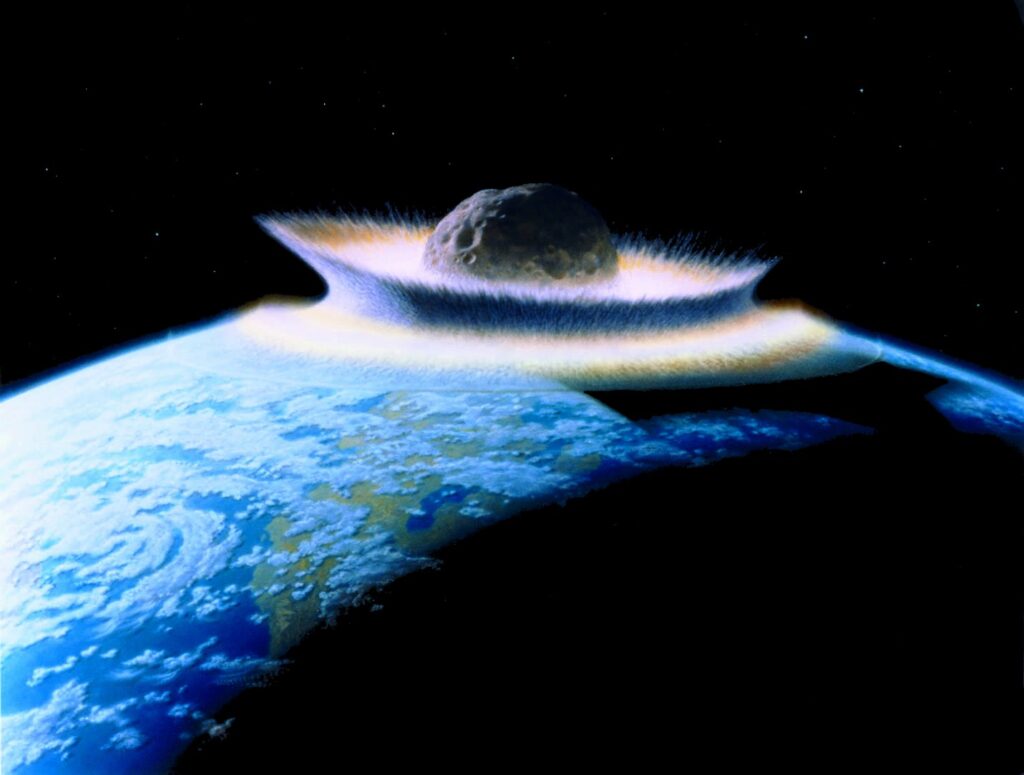
The prevailing scientific consensus attributes dinosaur extinction primarily to the catastrophic asteroid impact at Chicxulub, Mexico, approximately 66 million years ago. This 6-mile-wide asteroid triggered global wildfires, tsunamis, and ejected enough dust and debris to block sunlight for years, disrupting photosynthesis and food chains worldwide. The resulting climate change was severe and rapid, creating conditions that most large land animals couldn’t survive. While this theory is strongly supported by geological evidence, including the global iridium layer deposited at the Cretaceous-Paleogene (K-Pg) boundary, scientists increasingly recognize that dinosaur populations may have been under stress from multiple factors before the asteroid struck. This multi-factorial approach to understanding extinction has opened the door to considering disease as a potential contributing factor.
The Challenge of Studying Prehistoric Diseases

Investigating diseases that might have affected dinosaurs presents extraordinary challenges for paleontologists and paleopathologists. Unlike bones, which can fossilize under the right conditions, pathogens such as viruses, bacteria, and parasites rarely leave direct evidence in the fossil record. These microorganisms consist of soft tissues that decompose rapidly after death. Additionally, the process of fossilization typically involves mineralization that replaces original biological materials, further eliminating traces of pathogens. Scientists must therefore rely on indirect evidence, such as pathological bone lesions, comparative studies with modern animals, and ecological modeling, to infer the presence and impact of prehistoric diseases. This detective work requires cross-disciplinary approaches combining paleontology, microbiology, epidemiology, and evolutionary biology.
Evidence of Disease in Dinosaur Fossils

Despite the challenges, paleontologists have found compelling evidence of diseases in dinosaur fossils. Several Tyrannosaurus rex specimens, including the famous “Sue” at the Field Museum in Chicago, show signs of infections in their jawbones that likely caused painful abscesses. Hadrosaur fossils have revealed evidence of tumors and possible parasitic infections. A 2009 study identified lesions in the fossilized tail vertebrae of a Diplodocus that researchers attributed to a fungal infection similar to modern aspergillosis. Perhaps most significantly, some fossils show evidence of tuberculosis-like infections, suggesting that mycobacterial diseases affected dinosaurs much as they affect modern reptiles and birds. These findings confirm that dinosaurs suffered from various infectious and non-infectious diseases, though determining their population-level impact remains challenging.
The Concept of Disease-Driven Extinction

For a disease to contribute significantly to extinction, certain conditions must typically be present. The pathogen must be highly virulent, with a high mortality rate among infected individuals. It needs efficient transmission mechanisms to spread rapidly through populations before hosts develop immunity. Often, emerging diseases that cause mass mortality events affect naive populations with no prior exposure or immunity. Historical examples of disease-driven extinctions include the devastating impact of introduced diseases on indigenous populations in the Americas after European contact and the near-extinction of Tasmanian devils from a transmissible facial cancer. For dinosaurs, any extinction-contributing disease would likely have needed to affect multiple species across different ecological niches and geographic regions, or specifically target keystone species whose loss would trigger cascading ecosystem effects.
Potential Disease Vectors in the Mesozoic Era
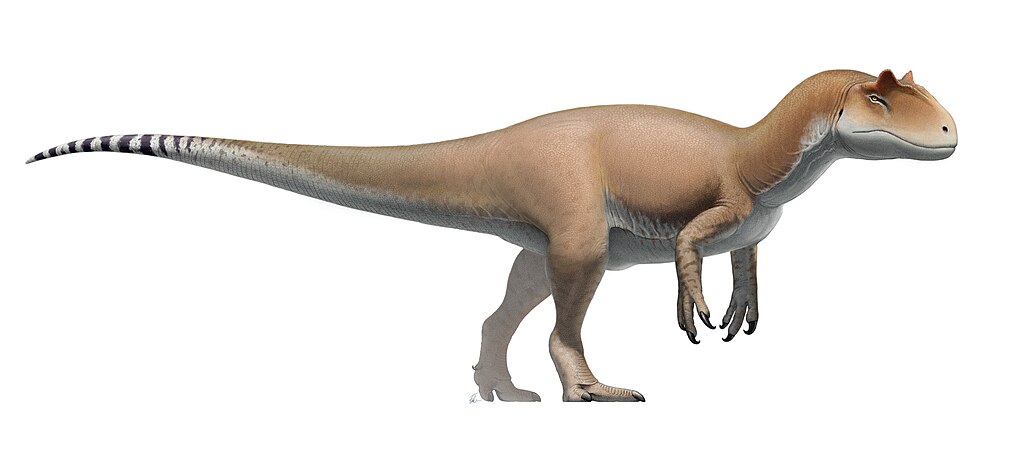
The late Mesozoic ecosystem contained numerous potential disease vectors that could have transmitted pathogens among dinosaur populations. Mosquitoes and other biting insects had already evolved by the Cretaceous period, as evidenced by specimens preserved in amber dating back over 100 million years. These insects could have served as mechanical vectors, transferring pathogens from one host to another, similar to how modern mosquitoes transmit malaria and other diseases. Ticks, which evolved even earlier in the Mesozoic, represent another potential vector. The dinosaur era also saw the evolution of early mammals, which might have acted as disease reservoirs, harboring pathogens without experiencing severe symptoms while transmitting them to more vulnerable dinosaur species. This complex web of potential host-vector relationships suggests that vector-borne diseases could have circulated widely in dinosaur populations.
The Stress Hypothesis: Disease as a Secondary Factor
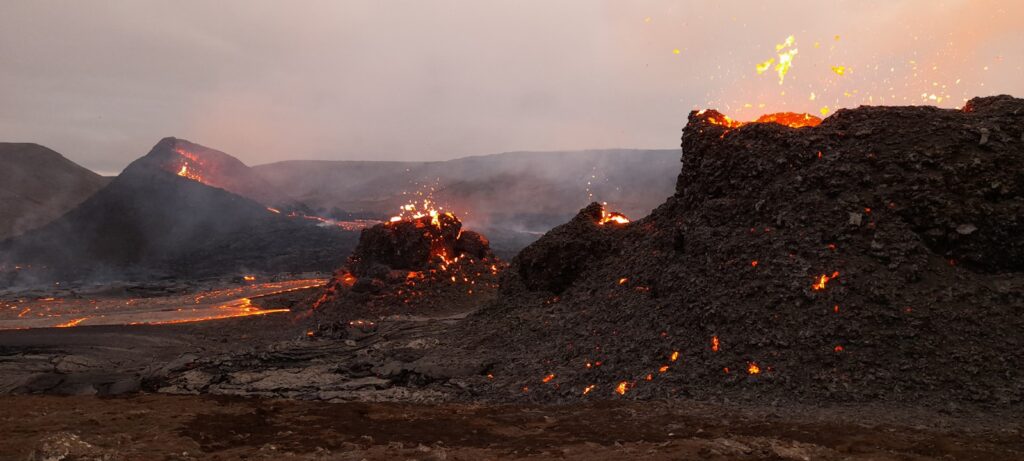
Rather than being a primary cause of extinction, diseases might have acted as a secondary stress factor that weakened dinosaur populations before the asteroid impact. Environmental stresses such as climate fluctuations, volcanic activity from the Deccan Traps, and changing sea levels during the late Cretaceous may have compromised dinosaur immune systems, making them more susceptible to pathogens. This phenomenon is well-documented in modern wildlife populations, where environmental stress often precedes disease outbreaks. Additionally, as dinosaur populations became fragmented due to environmental changes, they may have experienced genetic bottlenecks that reduced their immunological diversity and resilience. In this scenario, diseases wouldn’t have caused extinction directly but would have reduced population fitness and resilience, leaving dinosaurs more vulnerable to the catastrophic effects of the asteroid impact.
Could Novel Pathogens Have Emerged at the End of the Cretaceous?
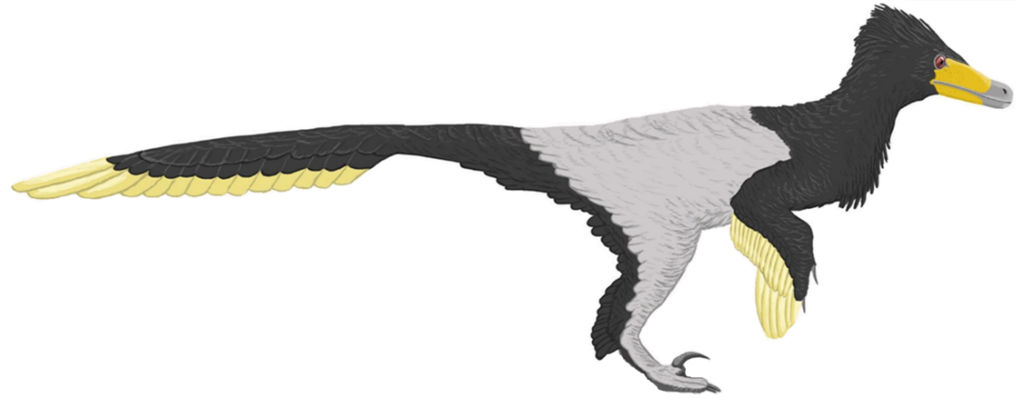
Some researchers have proposed that the late Cretaceous period might have witnessed the emergence of novel pathogens to which dinosaurs had no immunity. Significant environmental changes were occurring during this time, including substantial cooling in certain regions, sea level fluctuations, and intense volcanic activity. Such environmental shifts could have driven pathogen evolution or allowed existing pathogens to expand their range into new territories with naive host populations. The movement and mixing of previously isolated animal populations due to changing geographic barriers might have facilitated pathogen spillover events between species. Furthermore, the evolution of new species of mammals, birds, and insects during this period could have introduced new vectors for disease transmission or served as reservoirs for emerging pathogens that eventually infected dinosaur populations with devastating effects.
Lessons from Modern Reptile and Bird Diseases

Modern birds and reptiles, as the closest living relatives to dinosaurs, offer valuable insights into the types of diseases that might have affected their prehistoric predecessors. West Nile virus devastates certain bird populations today and could have had analogous impacts on dinosaur communities if similar arboviruses existed in the Mesozoic. Mycoplasma gallisepticum, which caused a significant house finch die-off in the 1990s, represents another type of pathogen that could have affected dinosaurs. Reptiles today suffer from inclusion body disease, fungal infections, and various parasitic infestations that leave few traces in skeletal remains. Particularly interesting is the susceptibility of modern crocodilians and birds to tuberculosis and related mycobacterial infections, which can sometimes leave traces in bone tissue similar to those occasionally found in dinosaur fossils. These modern disease models help scientists hypothesize about prehistoric pathogens that may have circulated among dinosaur populations.
The Ecosystem Impact of Dinosaur Diseases

The effects of widespread disease in dinosaur populations would have reverberated throughout Mesozoic ecosystems. If apex predators like Tyrannosaurus rex were affected, their decline might have released pressure on herbivore populations, potentially leading to overgrazing and habitat degradation. Conversely, diseases affecting keystone herbivores could have altered plant communities and affected food availability for other species. Disease-driven population declines could have disrupted essential ecological interactions such as seed dispersal, particularly for large-fruited plants that may have relied on large dinosaurs for propagation. Some researchers even suggest that disease-stressed ecosystems might have opened ecological niches for mammals to expand, accelerating their diversification after the extinction event. This ecosystem perspective emphasizes that even if diseases didn’t directly cause dinosaur extinction, they could have contributed to ecological instability that magnified the impact of the asteroid strike.
Could Dinosaurs Have Experienced Pandemics?
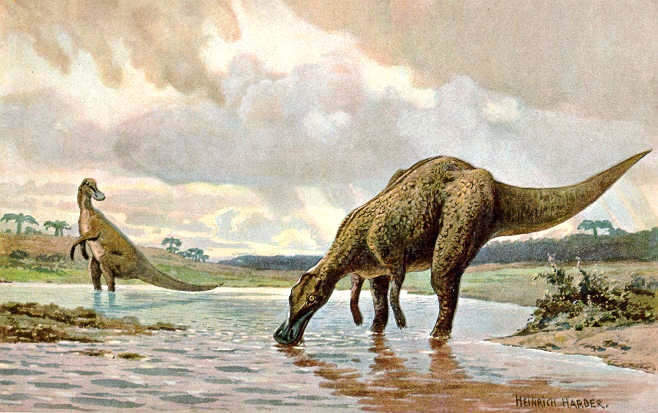
The concept of prehistoric pandemics sweeping through dinosaur populations presents a fascinating but speculative scenario. For pandemics to occur, certain conditions must be present: susceptible host populations, efficient transmission mechanisms, and connectivity between populations. Large dinosaur herds, like those formed by hadrosaurs and ceratopsians, would have provided ideal conditions for disease spread within a species. Migrating dinosaurs might have served as disease vectors between otherwise isolated populations, similar to how migratory birds spread avian influenza today. Water sources shared by multiple species could have facilitated disease transmission across species boundaries. While direct evidence for prehistoric pandemics remains elusive, modern ecological models suggest they were theoretically possible. A pandemic affecting multiple dinosaur lineages simultaneously could have created population vulnerabilities that, while not directly causing extinction, might have reduced genetic diversity and population resilience before the asteroid impact.
The “Perfect Storm” Theory
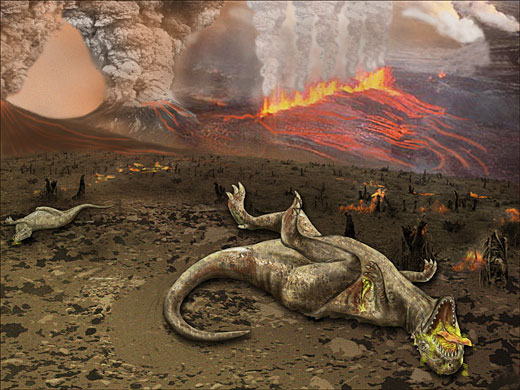
Increasingly, paleontologists favor a “perfect storm” explanation for dinosaur extinction, where multiple stressors combined to seal their fate. In this model, disease would represent one element in a complex web of challenges facing late Cretaceous dinosaurs. Volcanic eruptions from the Deccan Traps were already causing climate perturbations and atmospheric changes. Sea level fluctuations were altering coastal habitats and migration routes. Competition from evolving mammal species might have put pressure on smaller dinosaur niches. Against this backdrop of environmental stress, disease outbreaks could have further weakened and fragmented dinosaur populations. When the asteroid struck, these already-stressed populations lacked the resilience to adapt and survive the catastrophic aftermath. This synergistic model acknowledges that while disease alone probably didn’t cause dinosaur extinction, it might have been an important contributor to their vulnerability when the final crisis arrived.
Future Research Directions
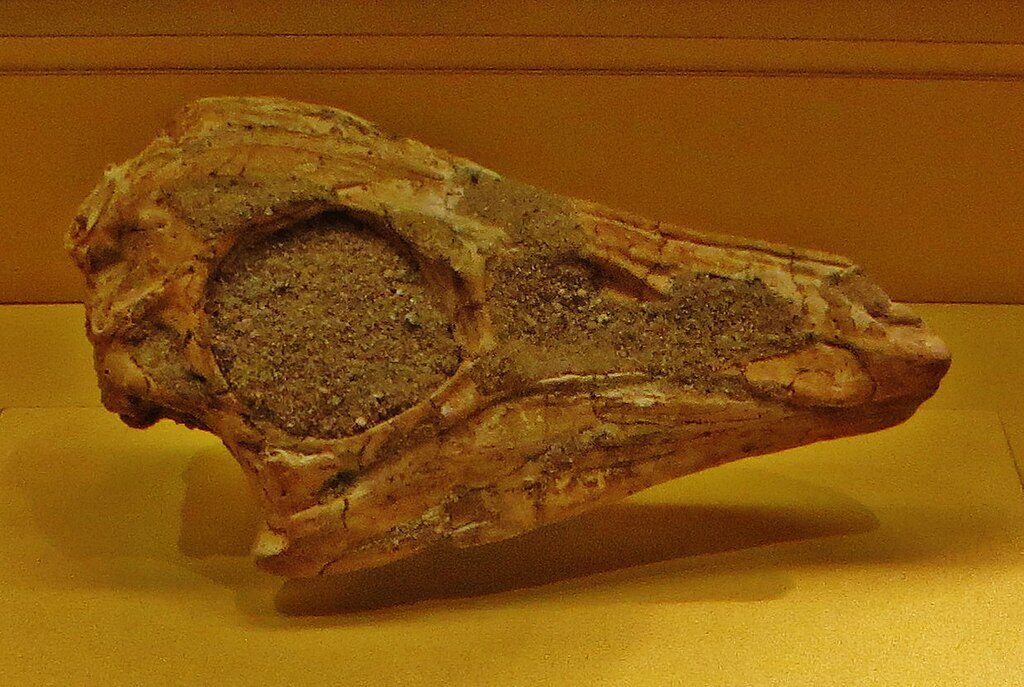
Advancing technology offers promising avenues for further investigating the disease hypothesis in dinosaur extinction. Improvements in microCT scanning allow scientists to detect subtle pathological changes in fossilized bones that might indicate specific infections. Ancient DNA techniques, though unlikely to recover viral or bacterial DNA from the Mesozoic, might eventually detect evidence of host immune responses in exceptionally preserved fossils. Computer modeling of disease dynamics in extinct populations, calibrated with data from modern reptiles and birds, could help determine whether prehistoric pathogens could have caused population-level impacts sufficient to contribute to extinction. Interdisciplinary collaboration between paleontologists, veterinary pathologists, epidemiologists, and microbiologists represents the most promising approach to advance our understanding of prehistoric diseases and their potential role in one of Earth’s most significant extinction events.
Conclusion: Reassessing the Dinosaur Extinction Narrative

While the asteroid impact theory remains the primary explanation for dinosaur extinction, the potential role of disease adds nuance to our understanding of this pivotal moment in Earth’s history. The evidence suggests that diseases certainly affected dinosaurs throughout their reign, potentially causing localized population declines and contributing to ecosystem stresses in the late Cretaceous. However, current scientific understanding indicates that disease alone was unlikely to have caused the global, cross-species extinction event that eliminated non-avian dinosaurs. Instead, disease likely acted as one of several biological and environmental stressors that reduced dinosaur resilience before the asteroid impact delivered the final blow. This multi-factorial perspective on dinosaur extinction reminds us that even catastrophic events in Earth’s history rarely have single causes, but instead emerge from complex interactions between physical, chemical, and biological processes spanning multiple scales of time and space.




